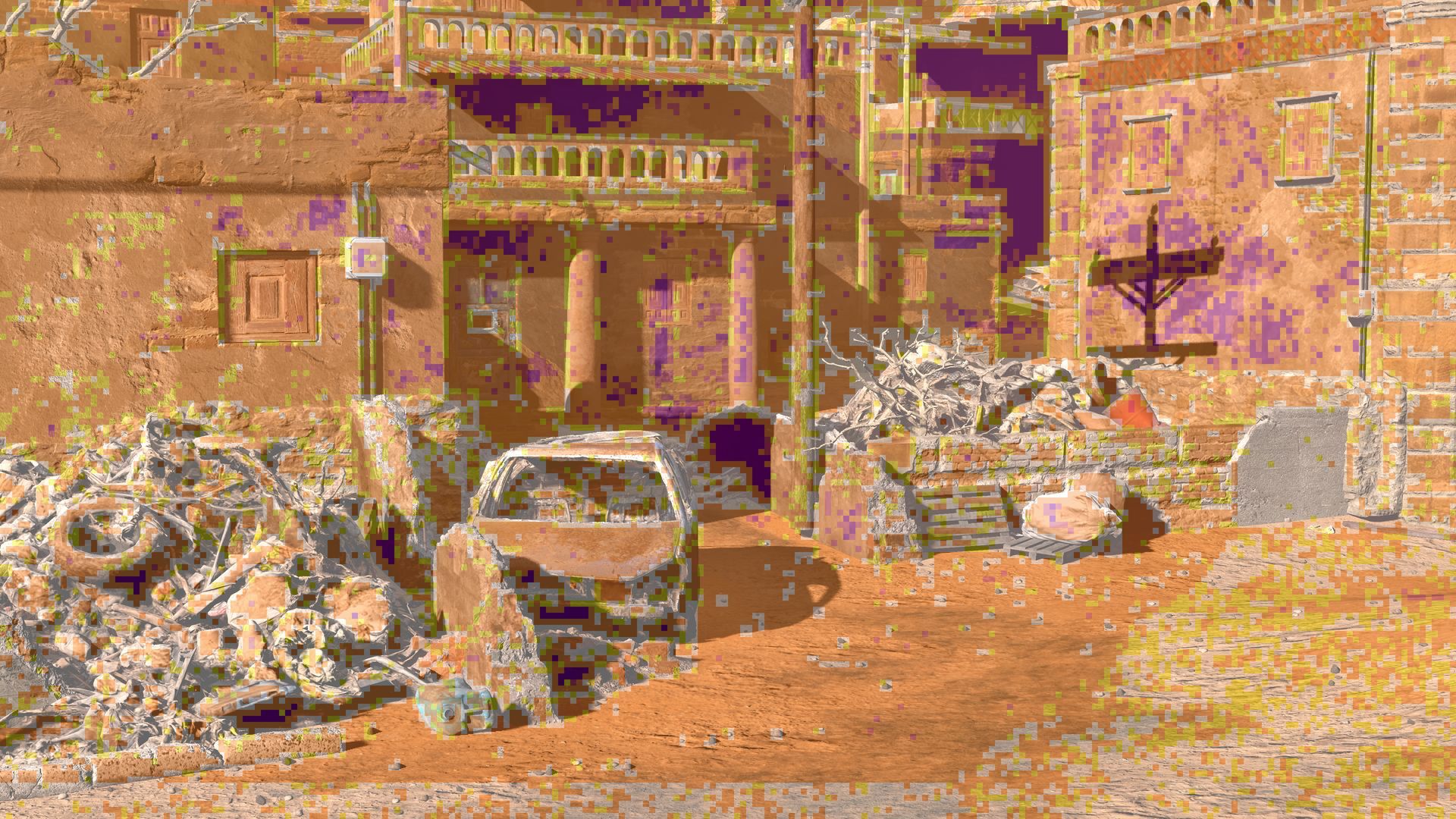
Jun 16, 2020
3DMark - UL_Tatiana
This is a minor update. Benchmark scores are not affected.
New
- You can now specify the GPU and monitor to use when running DirectX 12 benchmarks and feature tests, (Time Spy, Time Spy Extreme, Night Raid, Port Royal, NVIDIA DLSS feature test, and the VRS feature test). This feature is designed to help you reliably test PCs with switchable graphics and other systems with multiple GPUs and multiple monitors.
- Hardware monitoring now includes average clock speed and average temperature information. For the GPU, the averages come from the Graphics test(s) part of the benchmark run. For the CPU, the averages come from the CPU/Physics test part of the run.
Fixed
- Fixed a hardware monitoring issue that could cause the integrated GPU temperature to be misreported as the discrete GPU temperature.
- Fixed the Demo Audio setting for DirectX 12 benchmarks.




